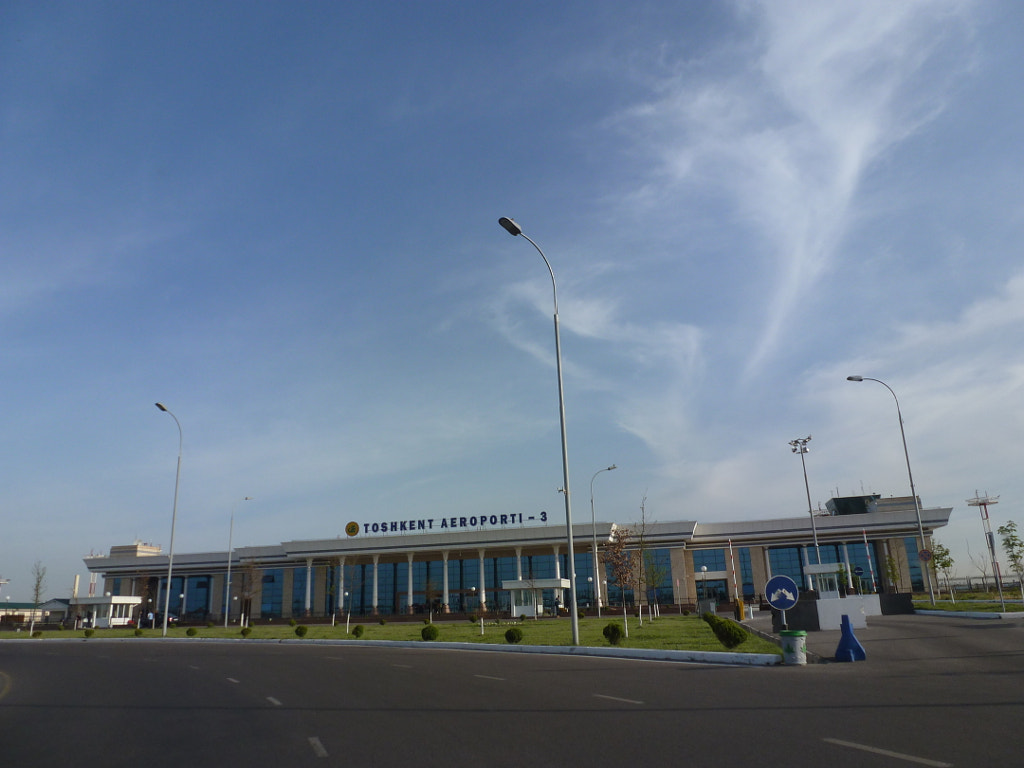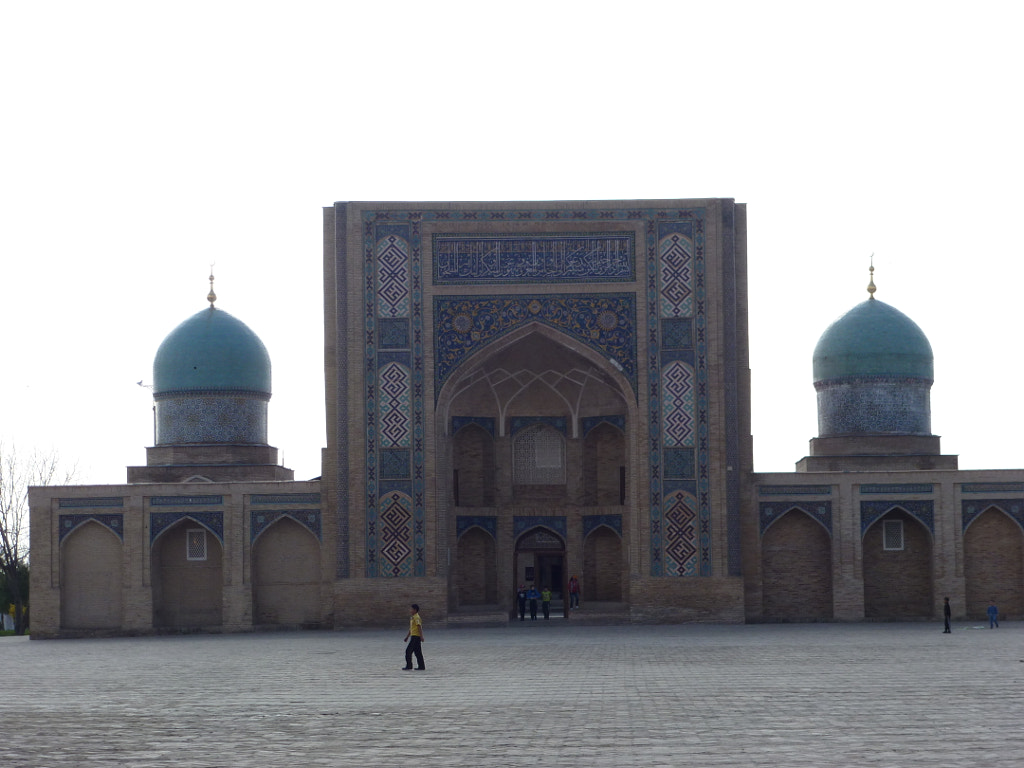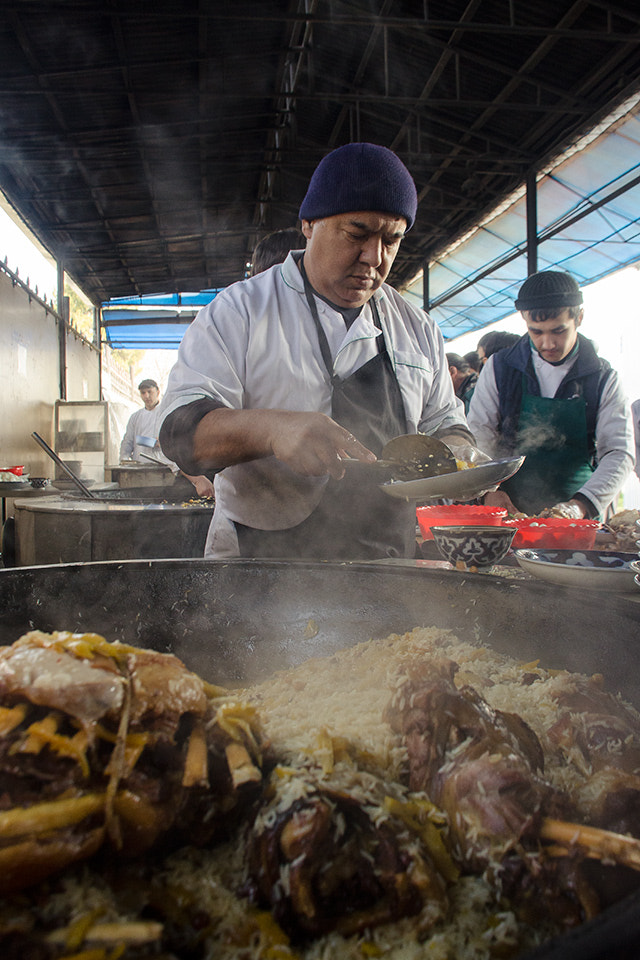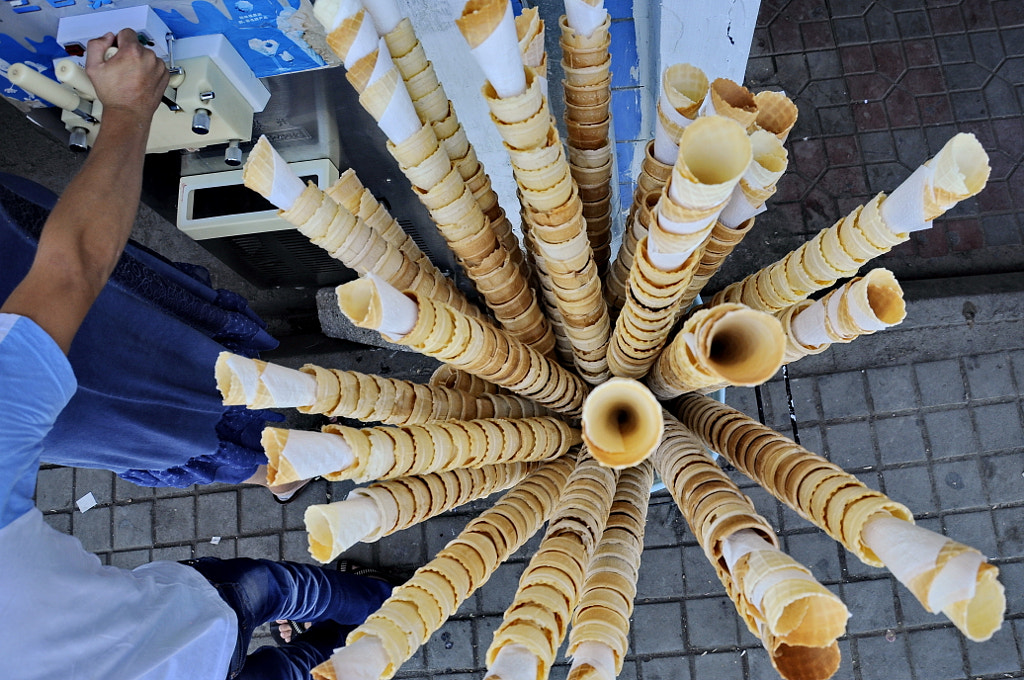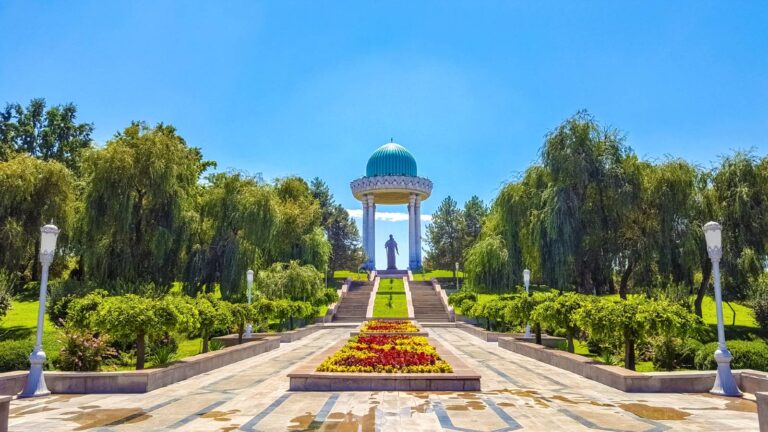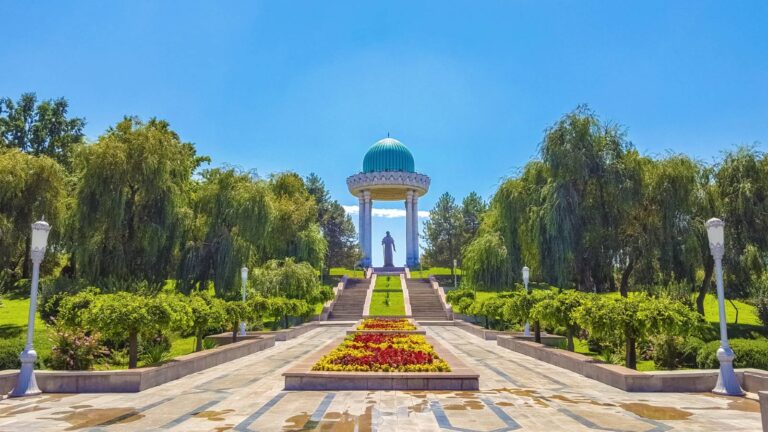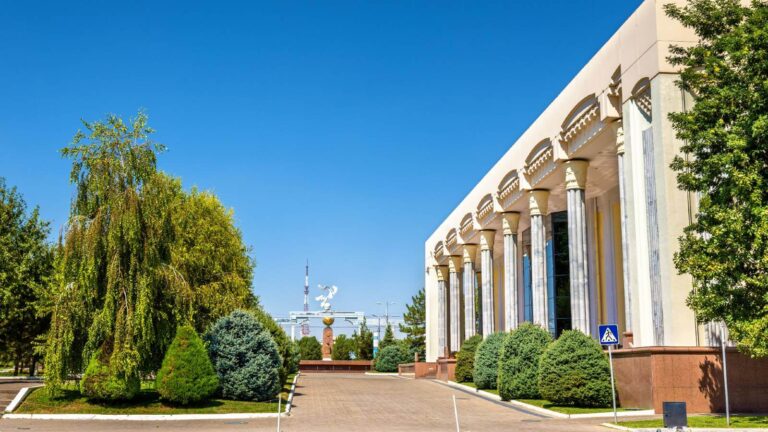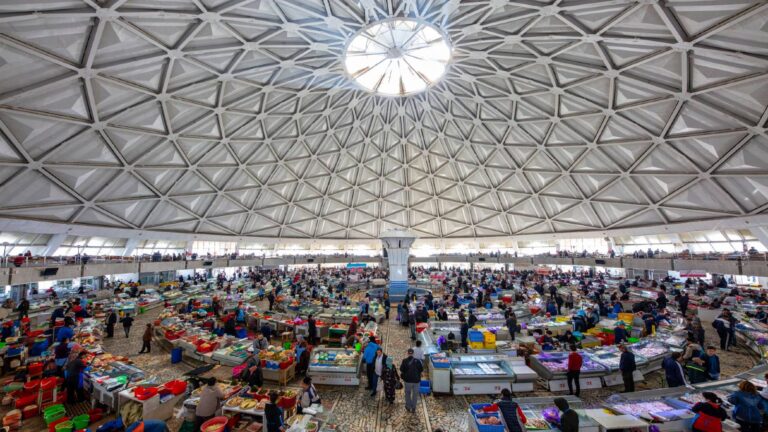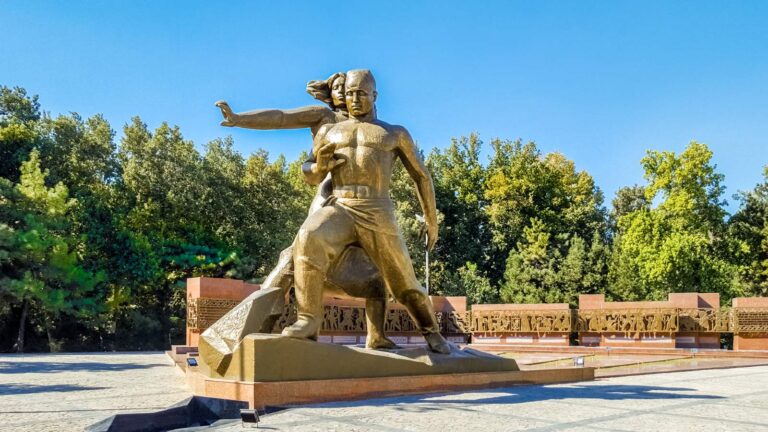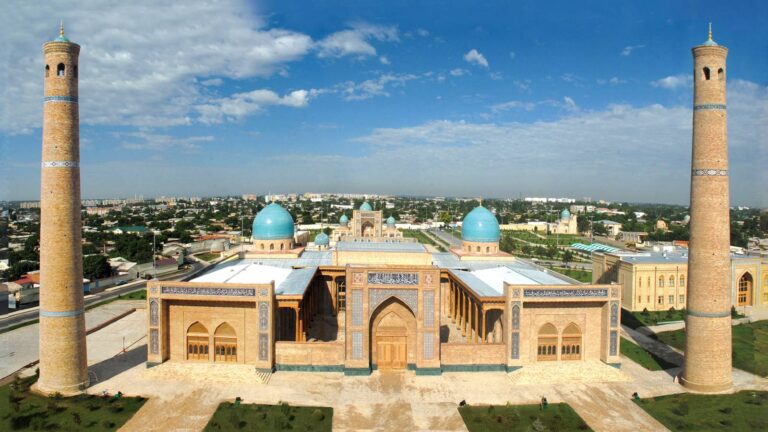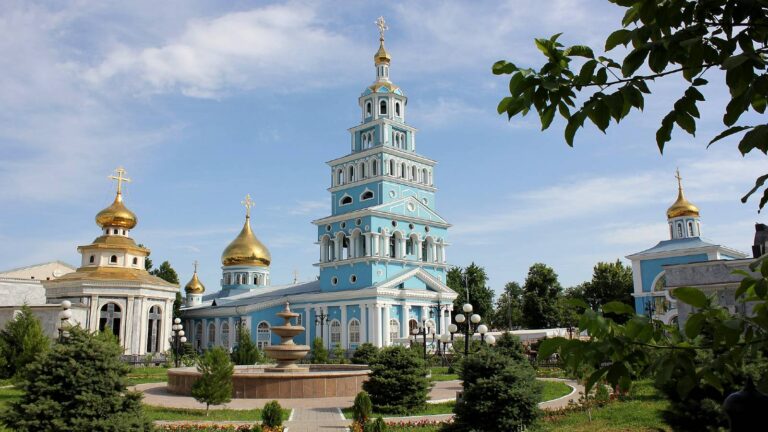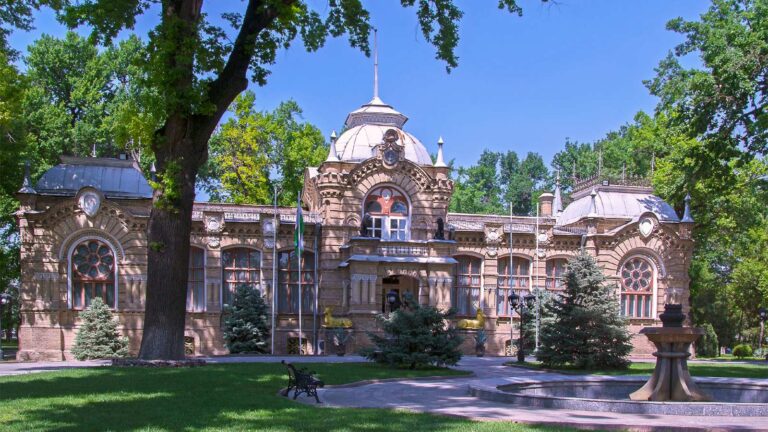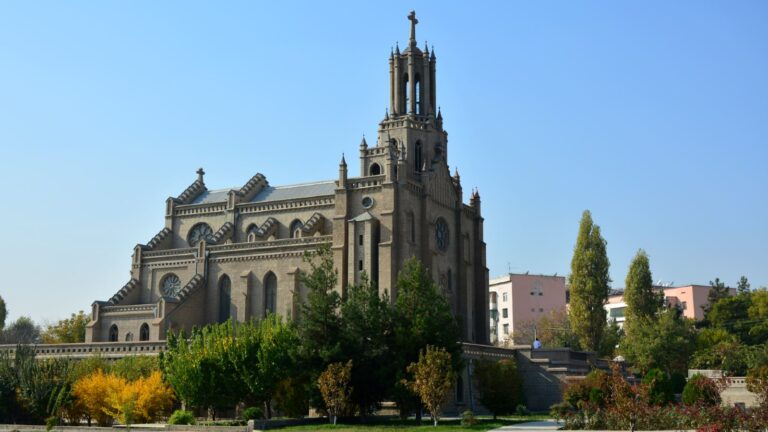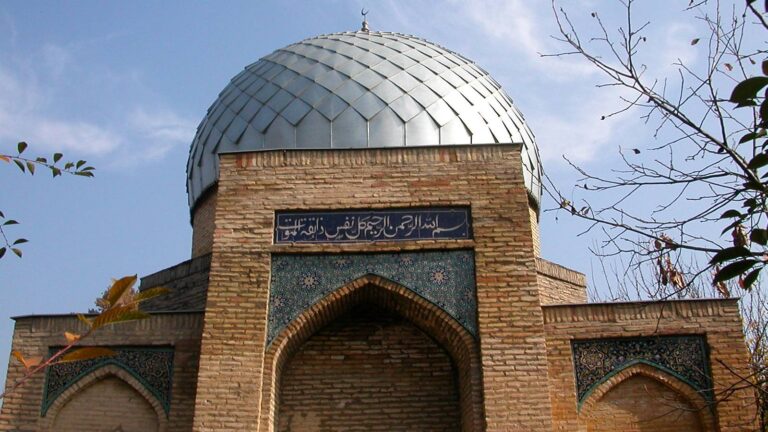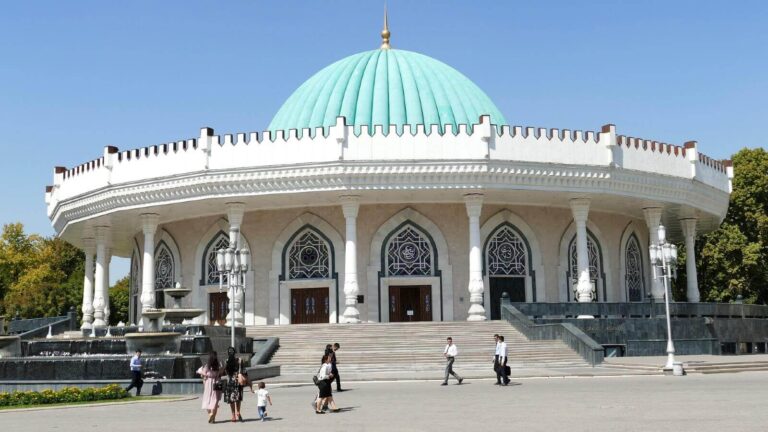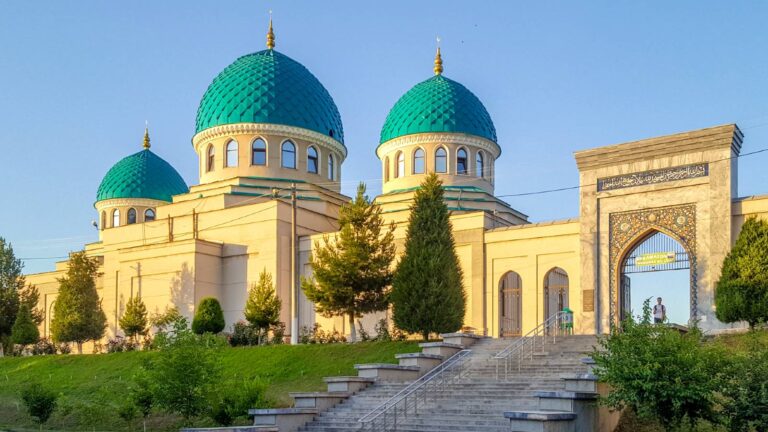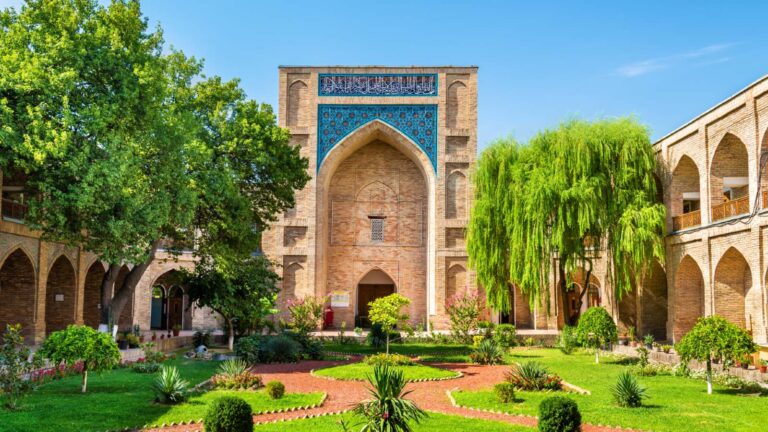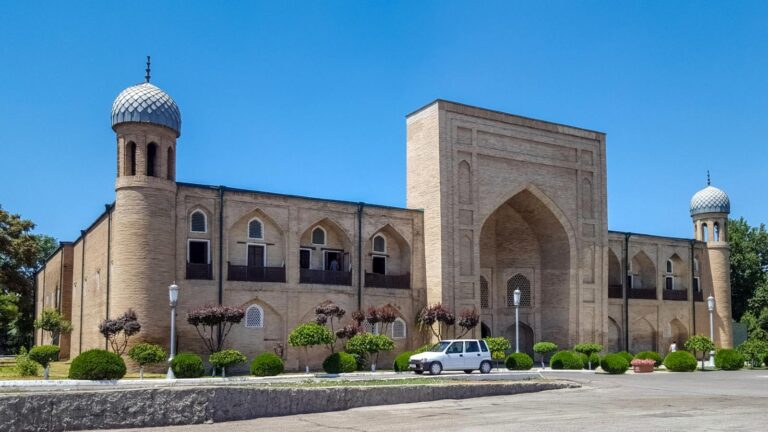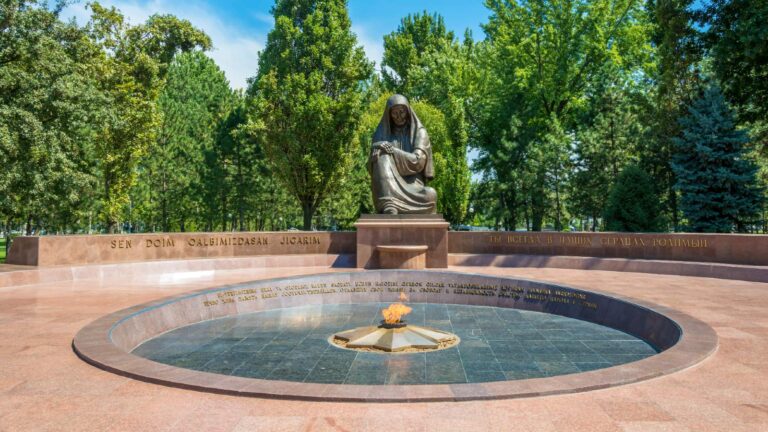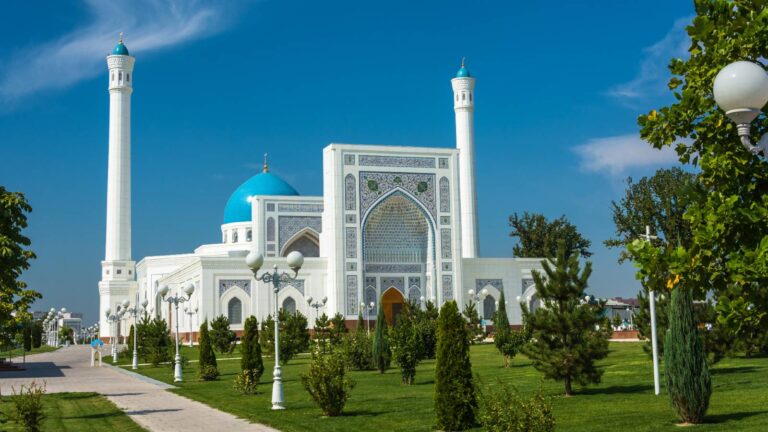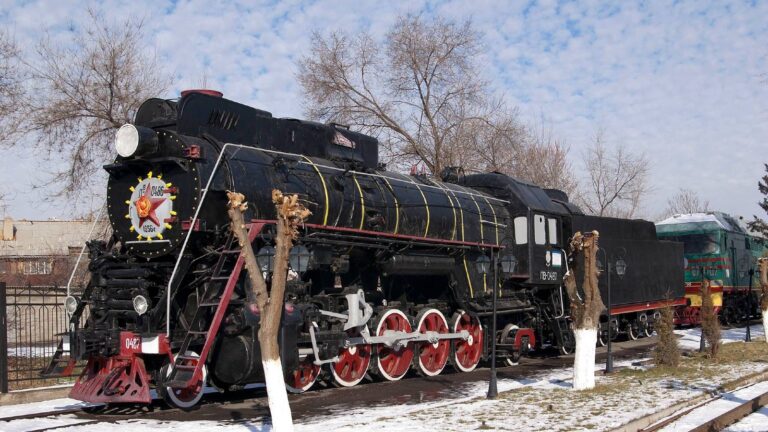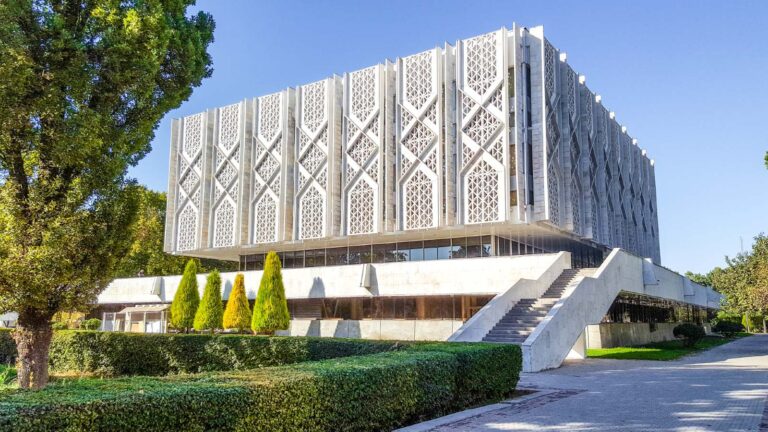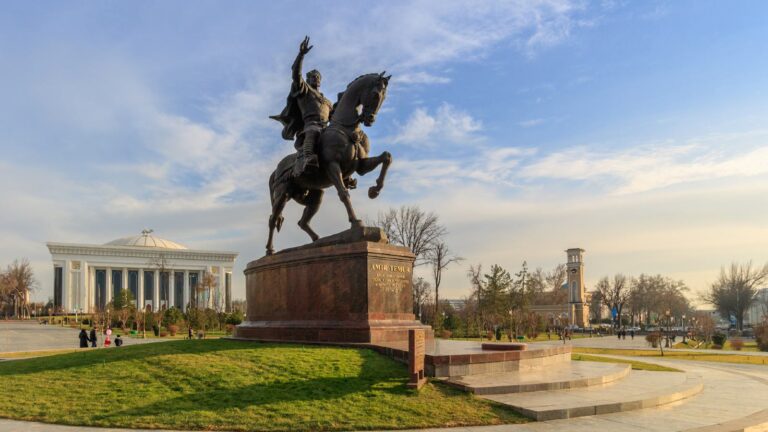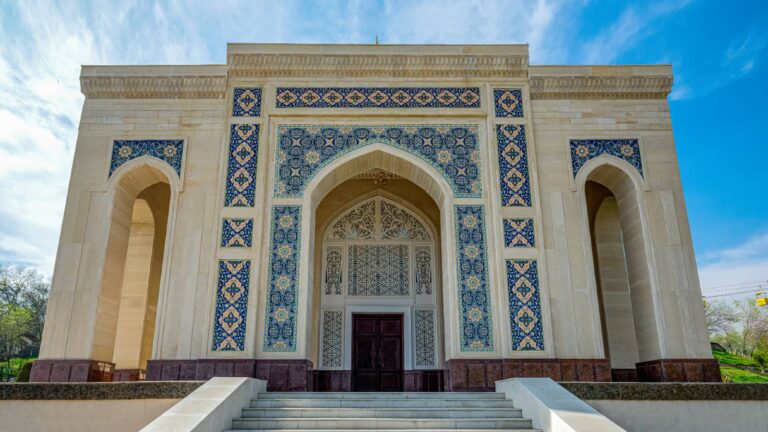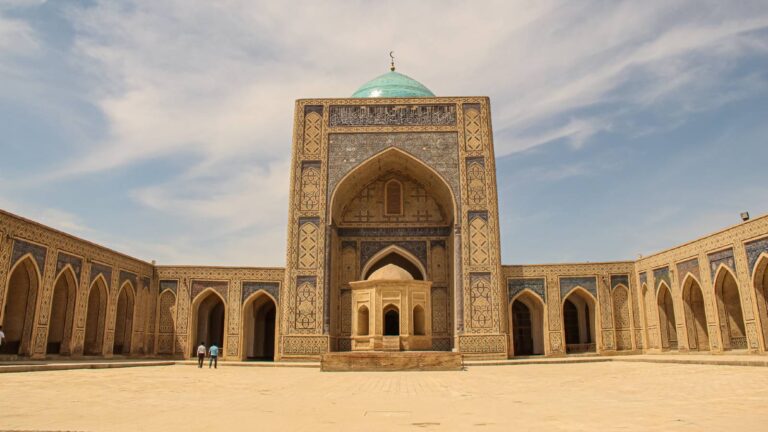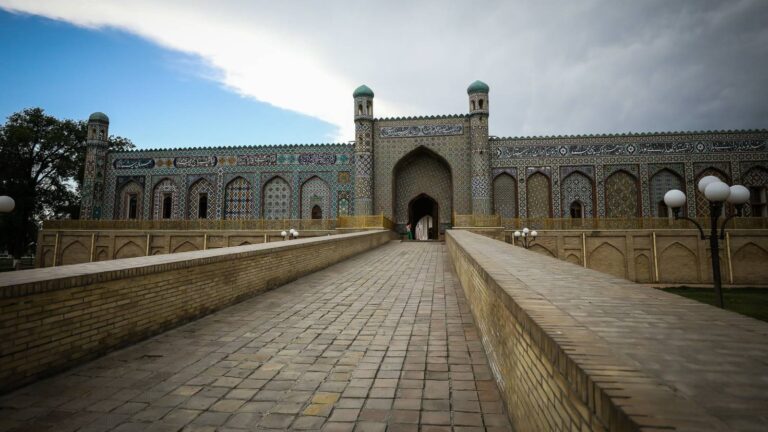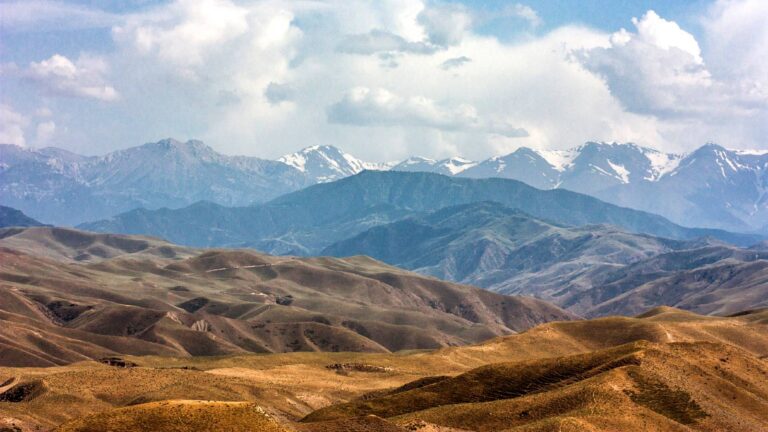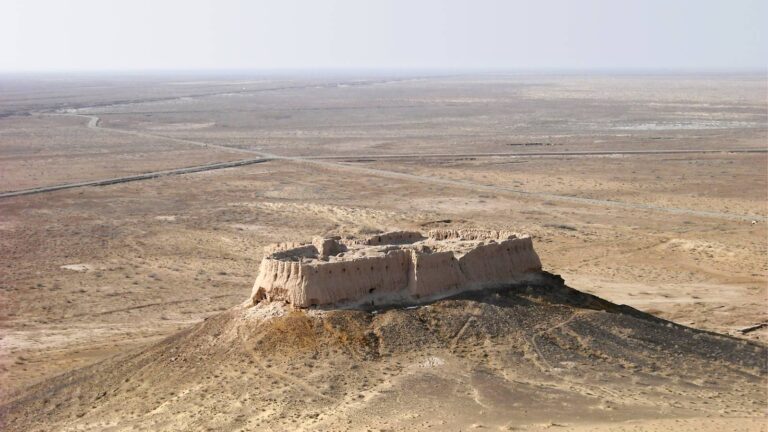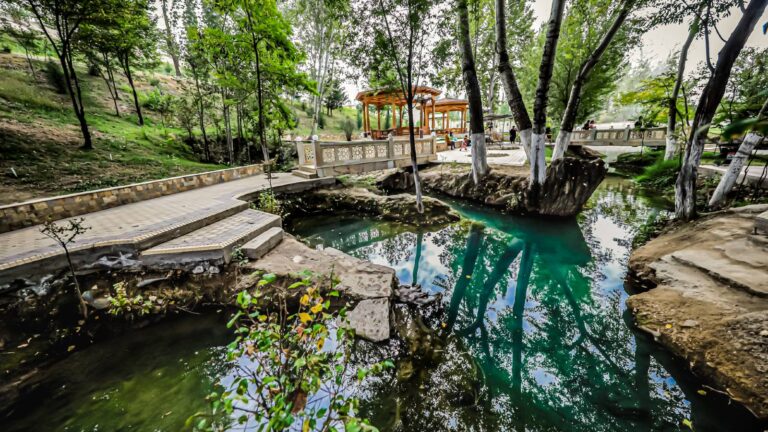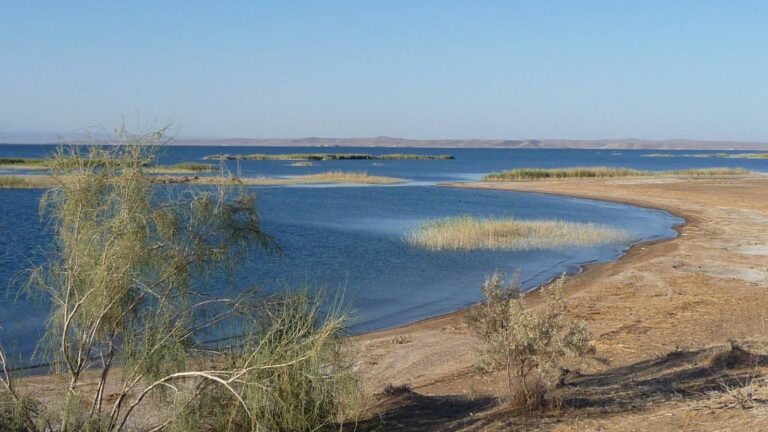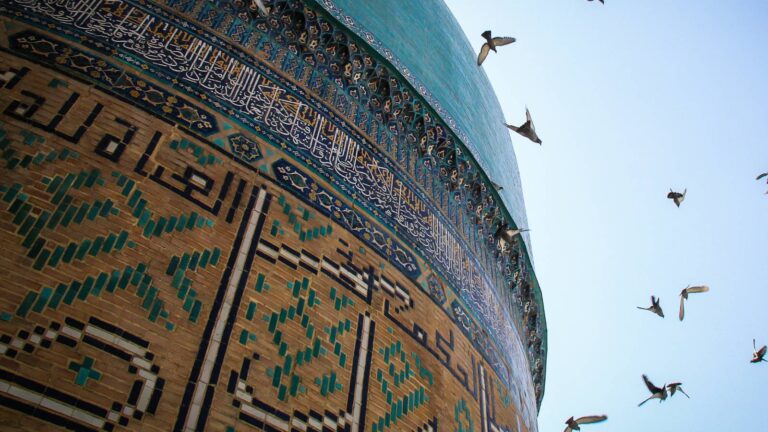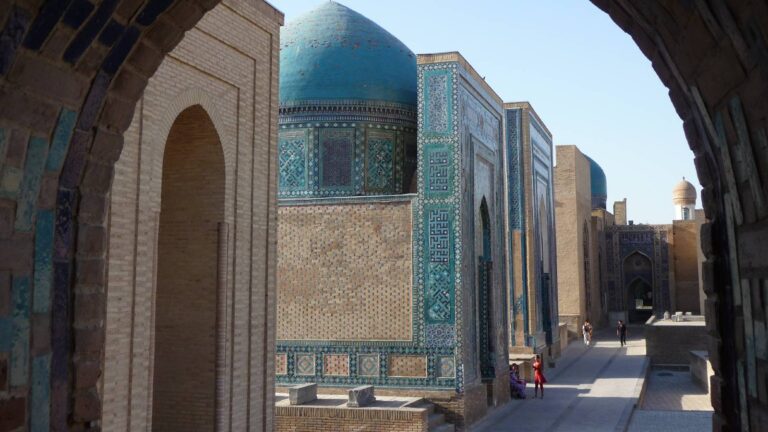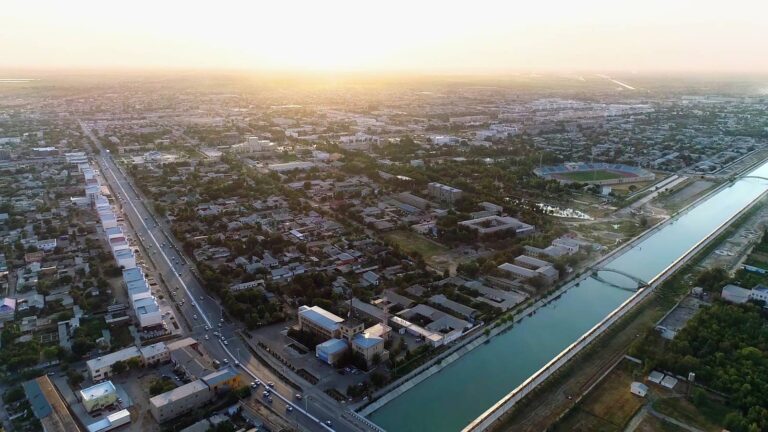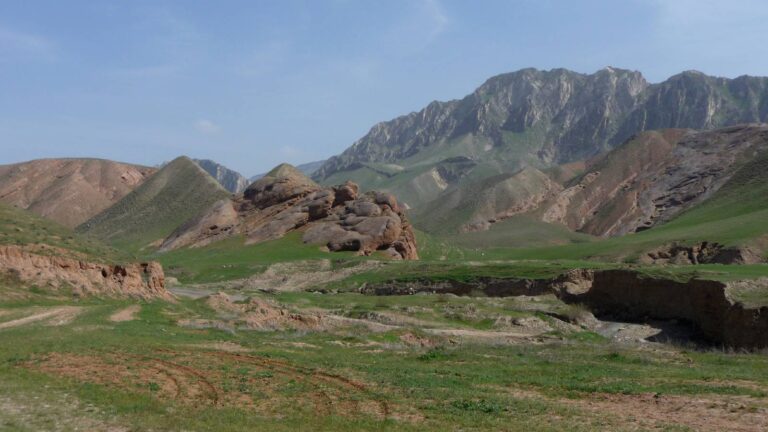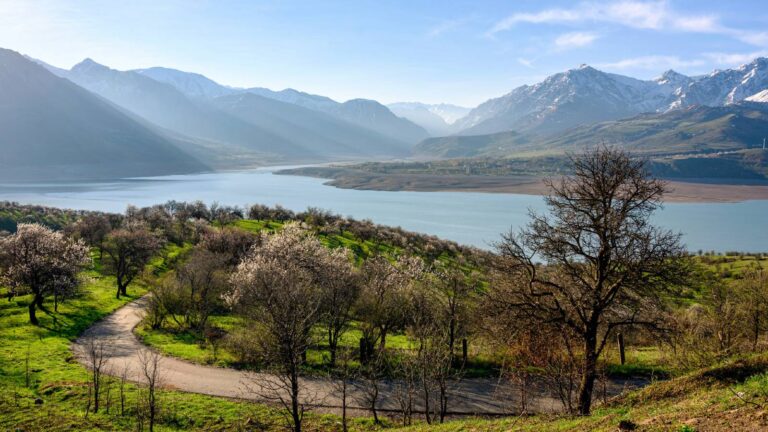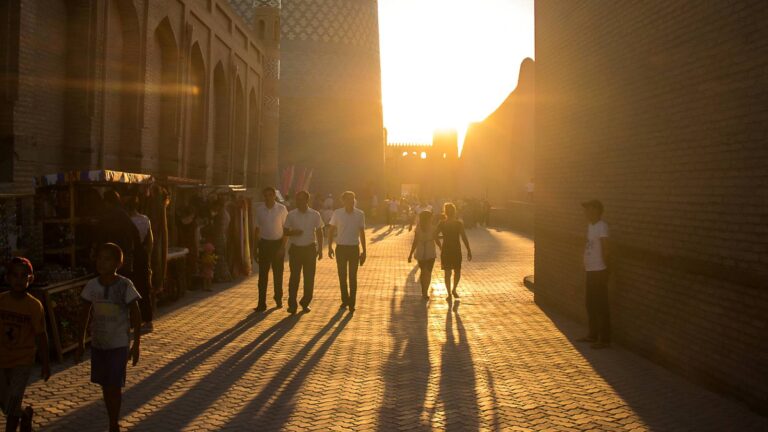Tashkent is a modern metropolis that has managed to preserve a rich historical heritage. Below you will find our recommendations on what to do and what to see in Tashkent in one day for your unforgettable stay in the capital of Uzbekistan.
Osman’s Koran. In Tashkent, you will have the opportunity not only to learn more about the history of the Koran, but also to see it. The relic is exhibited in one of the buildings of the Khast-Imam complex, called the Koran Museum. In addition to the Qur’an, ancient manuscripts are also presented here.
Khast-Imam Square, also known as Khazrati Imam, is today the center of Islam in the Republic of Uzbekistan. The Council of the Islamic Organization for Science, Culture and Education has declared Tashkent the world capital of Islam for 2007. The city was awarded this honorary title thanks to the government’s policy aimed at preserving the monuments of Muslim culture. Thanks to this event, Khast-Imam square was landscaped.
Chorsu Bazaar is the largest, colorful and historical market in Tashkent. It is located in the old part of the city. The bazaar offers not only a variety of fruits and vegetables, but also a large selection of dried fruits. At the bazaar, you can also buy ceramic souvenirs, although not of the highest quality, but the very thing for a gift: inexpensive and beautiful.
Metro Tashkent. Tashkent is the only city in Uzbekistan with a metro. The metro was built during the Soviet era and has been gradually expanding since independence.
The Navruz Park opened recently. It is a theme park with streets named after all regions of Uzbekistan. On the territory of the park, houses were built in a style that reflects the characteristic features of each individual region. Moreover, here it is also offered to taste the culinary delicacies of different regions of the country.
The Ming-Uryuk settlement is located on the territory of Tashkent (not far from the northern station) and in translation means “a thousand apricots”, the name of the garden that was located here at the beginning of the 19th century. Ming-Uryuk is the remains of the ancient settlement of Chach, which is often mentioned in historical chronicles. It is Ming-Uryuk that is the place where the city of Tashkent was born, and existed until it was destroyed by the Arab conquerors at the beginning of the 8th century. The total area of the ancient settlement was 35 hectares.
The mention of Tashkent is found in chronicles from the 2nd century BC under various names: Shash-tepa, Chach-tepa, Shi, Zheshi and Yueni. But already in the XI century the name Tashkent appears, which means “Stone city” (from Uzbek “tosh” – stone).
Already in ancient times, the favorable geographical position and mild climate made Tashkent one of the main points along the Great Silk Road. As proof of this assumption, archaeologists of Uzbekistan found the remains of the Shash-tepa settlement, which was located in the south of present-day Tashkent, and was supplied with the waters of the Yun River. Here were found the ruins of defensive walls, and around them the remains of mud brick buildings.
At the end of the 10th century, Chach entered the Karakhanid state. During this period, it is increasingly called Tashkent. In the 13th century, the troops of the Khorezmshah Muhammad destroyed the Tashkent oasis. Therefore, by 1220, when the Mongol conquest took place, Tashkent was not a central city.
In the 14th century, Amir Timur came to power by conquest. He repeatedly visited Tashkent during his northern campaigns. His last visit took place in 1404. Tamerlane divided the northeastern regions of the empire between his grandchildren and sons. Nine-year-old Ulugbek got his inheritance with the center in Tashkent. After the death of the great ruler, his offspring began a struggle for power.
In the 15th century, Tashkent was seized several times and eventually passed into the Yunuskhan Mogolistani citizenship until the conquest of Sheibani by the Uzbek Khan Mohammed. Since that time, Tashkent was ruled by the khans of the Sheibanid dynasty. During this period, the following were built: Kukeldash madrasah, Sheikhantaur mausoleum and Barakkhan madrasah, as well as other buildings that have survived to this day.
First of all, public holidays are held in the capital of Uzbekistan, such as Navruz and Independence Day, the Day of Remembrance and Honor, etc. In addition to these holidays, many interesting festivals are held in Tashkent, such as the month of youth, within which various events, both sports and creative, are held throughout the month. Also, every year the Tashkent International Marathon is held in the capital. Bicycles and motorcycles, street food festivals.
In May 2021, her one grandiose event of the youth festival “Urbaniya 2021” is planned, and the closing of this festival will take place in October. In general, regardless of the tourist season, Tashkent as the capital is rich in events and at any time of the year you can get to some festivities and celebrations.
Tashkent is located at an altitude of 440-480 m above sea level in the valley of the Chirchik River (translated from Uzbek – “noisy”). The area of the city is 334.8 km². The spurs of the Tien Shan mountains are located nearby.
The climate in the city is mixed, as it is located on the border of the subtropics and the temperate continental belt. In this regard, the climate is more humid than in other regions of the country. About 440 mm falls annually in the city.
Summers in Tashkent are very hot and dry. The air temperature in the shade in summer can reach 40 degrees. Last summer, in 2016, during the period of “chilli” – the hottest time, an increase of almost 50 degrees was officially recorded. Chill lasts about a month. At this time, you should not go outside without a headdress and water.
Tashkent accounts for the largest share in the structure of industrial output of the Republic of Uzbekistan – 19.2% of the republican volume of industry. The largest share of the republic’s consumer goods is also produced in Tashkent – 27.1% of the total volume of consumer goods.
The leading industry is mechanical engineering: Tashkent Tractor Plant, Tashkent Diesel Locomotive Repair Plant and many others. The only Boeing 787 Dreamliner Service Center in the CIS is located in Tashkent.
Also developed are textiles (cotton, knitted, shoe, etc.), construction, chemical, petrochemical, chemical-pharmaceutical, food industries. The largest confectionery factory in Central Asia, Crafers, is located in Tashkent. The volume of manufactured industrial products – 3472.8 million soums (growth by 2007 – 136.8%).
There are also numerous private small businesses in Tashkent. The volume of industrial products produced by them amounted to 1,073.1 million soums.
There are two districts in Tashkent, where mainly business centers, offices of foreign companies and local banks are located. This is the International Business Center – the International Business Center and Business District of the Tashkent Business District.
The special business district Tashkent Business District was created for the development of small, medium and large businesses in Uzbekistan. Representative offices of many foreign companies, business centers, multi-brand boutiques, car dealerships, offices of oil and gas companies, bank head offices and luxury housing are located here.

